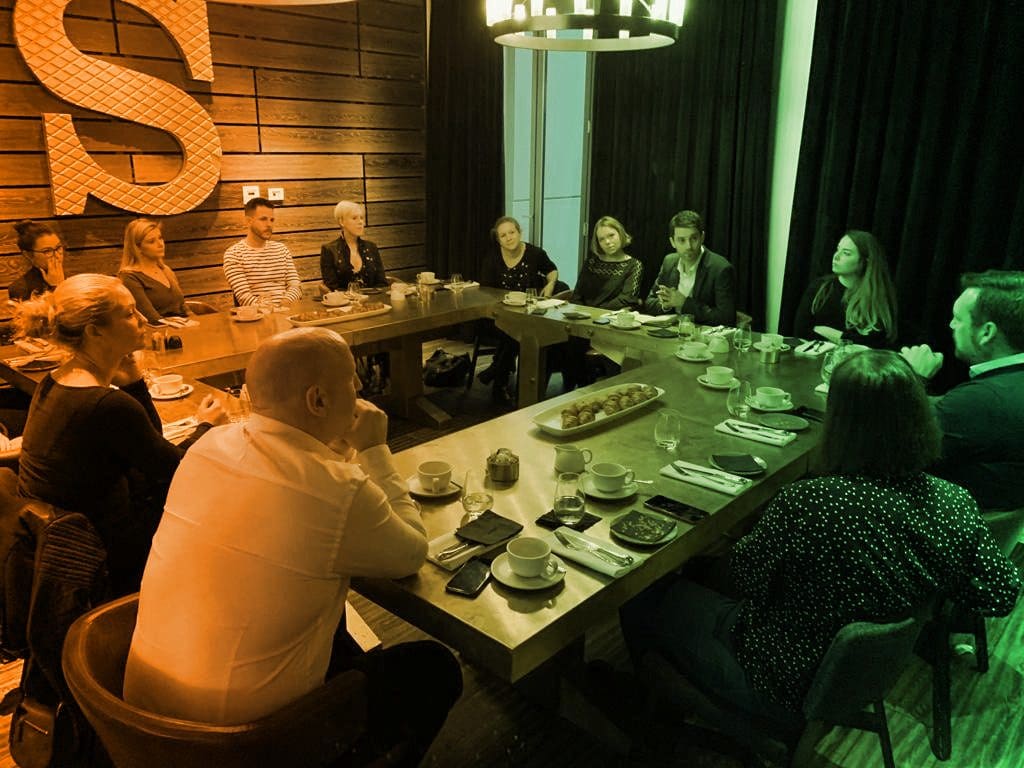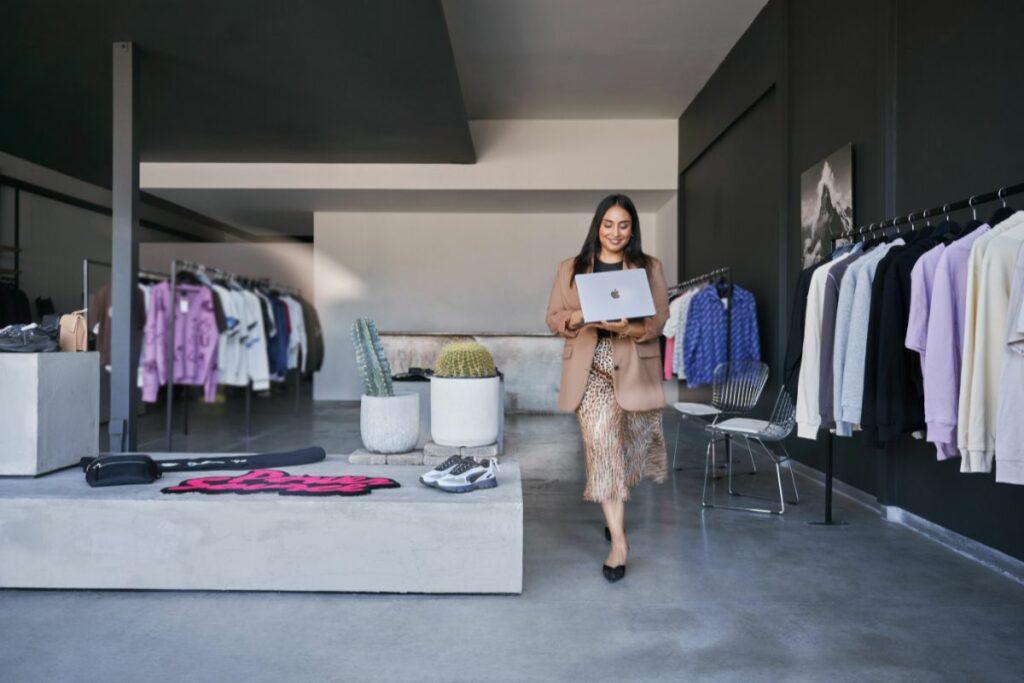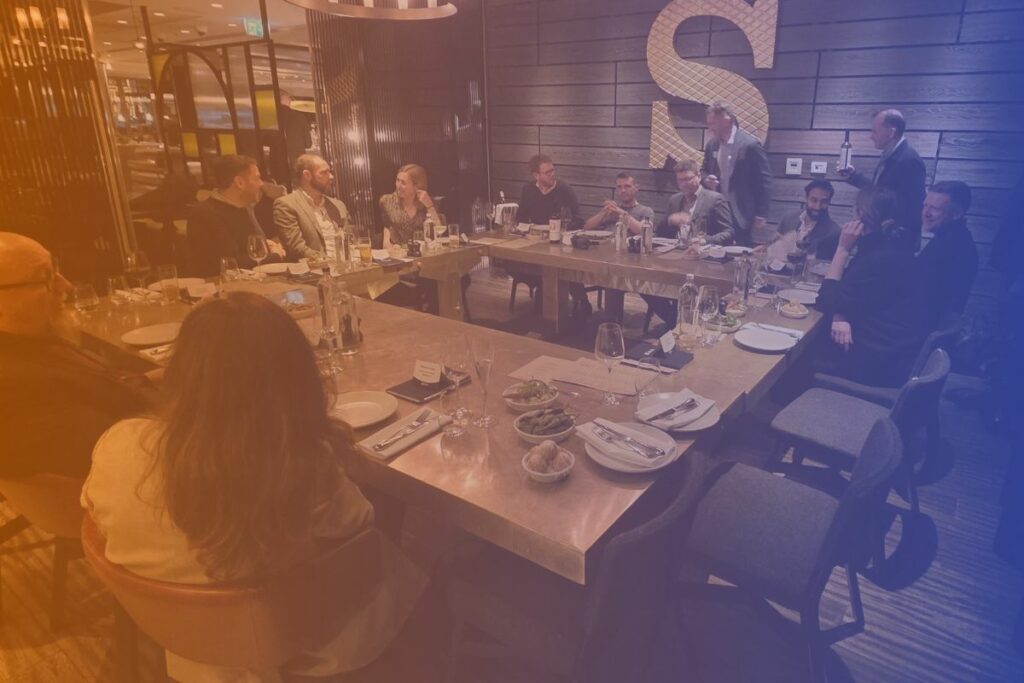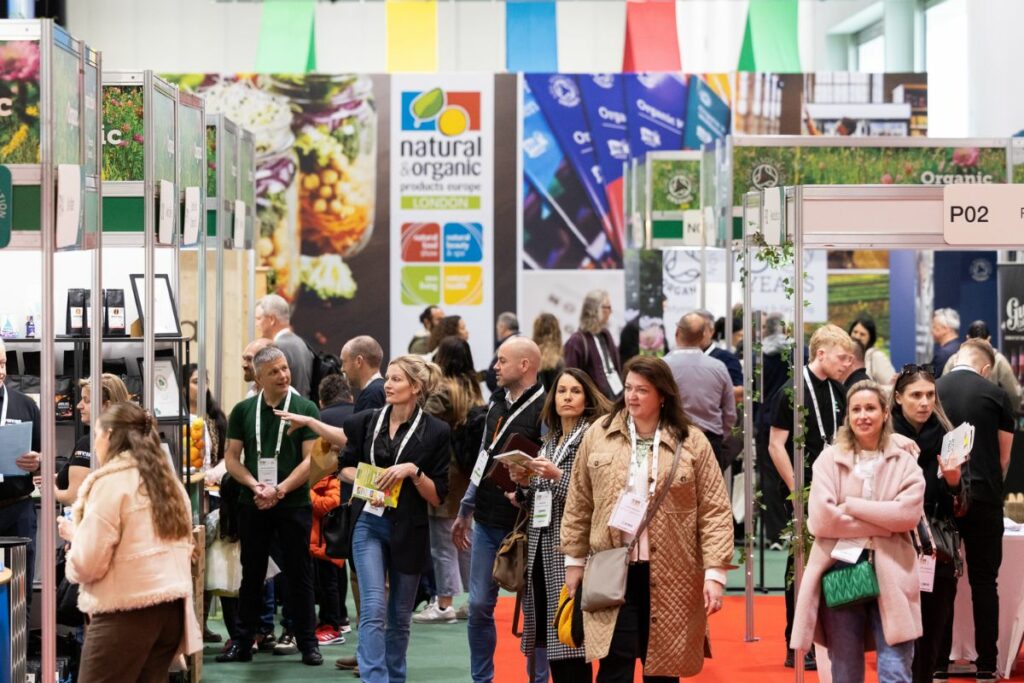Assessing UK retail’s peak trading performance is a key job for the editorial team at Retail Gazette in January, and the results to date show a mixed picture for the industry.
Whereas Joules, Selfridges and Ted Baker sit among the Christmas winners, with each of them reporting robust sales growth and encouraging trading, it was a different story for Footasylum, which issued a profit warning in the first week of 2019, and Mothercare, which reported a sales decline in store and online.
And, in a shock statement in December, the seemingly unstoppable Asos, which has helped reshape fashion retail over the best part of two decades since its formation, said its key trading month of November had been more muted than expected. A downward sales and profit revision from the online fashion house soon followed.
Amid the industry’s busiest period, representatives from household-name brands and retailers met for a breakfast roundtable on 21 December 2018 to discuss customer experience tactics during peak periods. Attendees included Gap, Lego, LK Bennett, Molton Brown, Pernod Ricard, Revlon, Upbeat Drinks, and Tesco, for what turned into an in-depth debate about the modern retail landscape.
The event was hosted by Retail Gazette and conversational marketing platform, iAdvize, a business offering online shoppers the option to chat in real time to independent experts, providing authentic advice about products and services.
The new rules of peak
Customer engagement is required all year round, but most retailers looks to engage slightly differently over peak trading. In addition, the pattern of peak is changing considerably thanks to the impact of Black Friday, judging by the roundtable guests’ comments.
One said that October was “busier than ever”, before November trading tailed off ahead of a second peak occurring around the Black Friday weekend. As British Retail Consortium-KPMG figures and IMRG statistics have shown in recent years, Black Friday is increasingly an online event – and one predominately bricks and mortar retailer acknowledged that e-commerce accounted for 54% of sales during Black Friday week.
According to those in the room, this year saw retailers and brands try new ways of drumming up interest in their products ahead of Black Friday and the so-called cyber weekend, as well as in their Christmas campaigns.
Whether it was countdown timers to “enforce urgency”, Black Friday cards dished out in store to guarantee customers cheap prices for the rest of the year, Facebook chatbots offering gift inspiration, or social media advent calendars to capture an audience throughout December, the roundtable guests provided examples of plenty of engagement techniques tailored for peak.
Gamification and using store strengths online
Christmas customer engagement tactics that caught the eye over peak trading included Lidl Ireland’s ‘turkey tunes’ feature, which requested shoppers to insert into an online tool the size of their turkey alongside their favourite music genre before it generated an appropriate Spotify playlist matching the cooking time of the meal.
Meanwhile in the US, Walmart implemented a digital product map in its app specifically for Black Friday, enabling customers to use their mobiles to plan for and then locate post-Thanksgiving special offers before and during their store visit.
Each of these examples could be described as bringing the voice of the store, or the type of service that a store associate is renowned for, into the online arena. Gamifying customer engagement in this way is certainly a key challenge many retailers are grappling with in today’s digitally-enabled landscape.
It seems retailers have spent the best part of a decade digitising their stores to try and level the playing field with online-only competitors, but all the while there is a growing demand from customers for personalised services online that traditionally only a store has been able to offer.
“In terms of customer engagement online and in the store, the simplest measures can be the most powerful,” according to roundtable attendee Graham Broomfield, who is e-commerce, digital and omnichannel director at LK Bennett.
“Everything revolves around making sure the customer is happy, and that often involves providing an element of surprise and delight. If retailers can replicate the best bits of their store experience online and vice versa, that puts them in a strong position.”
Optimising customer engagement opportunities
Discussing another store-to-online phenomenon, participants at the event asserted that customers are willing to queue for products on a website “but it has to be something special” and “there has to be a focus on not disappointing the customers and offering reassurance they will receive the item they are waiting for”.
This is a tactic several retailers and brands have used over the years to help ensure their online infrastructure holds up at busy times. Nike and Adidas are examples of major brands that adopt this approach when launching limited-edition lines, while the likes of Debenhams and Game Digital were among the UK retailers doing it during peak trading 2018.
Fran Langham, head of marketing in the UK for iAdvize, and one of the company’s representatives at the roundtable, agreed that retailers offering “special products” can get away with making people wait online in this way.
However, she said many organisations are missing opportunities to better engage with their customers by forgetting to provide the fundamentals of the in-store experience online.
“When asking customers to queue on the web, for example, it’s a prime chance for retailers to offer personalised expert advice and potentially even upsell prior to their transaction – the voice and expertise of the store is often omitted online,” she explained.
“We will be hearing the results of retail’s golden quarter throughout the course of January, and the winners will inevitably be the ones who know and understand their customers – and successfully engage with them at the right times.”
She added: “There were some great examples of online customer engagement by retailers during this recent peak trading period, but there’s still so much more the industry can explore in this space. It was encouraging to see that retailers at our roundtable have put such a focus on customer experience, so let’s hope this continues for the wider sector in 2019.”
Click here to sign up to Retail Gazette‘s free daily email newsletter


















